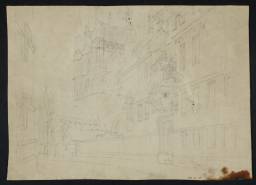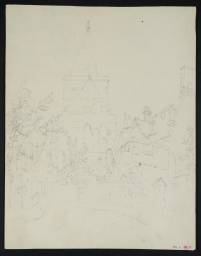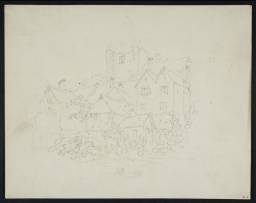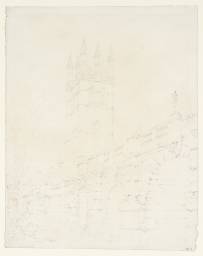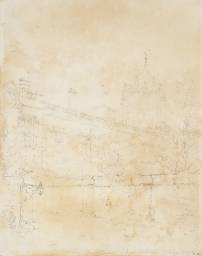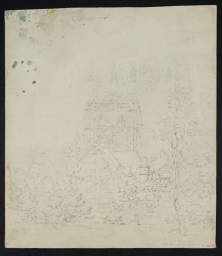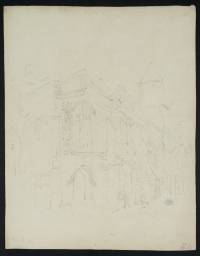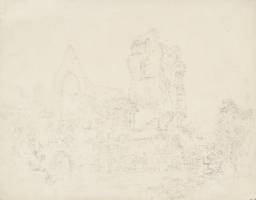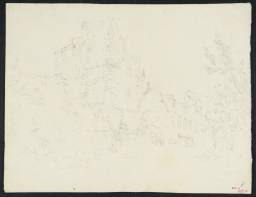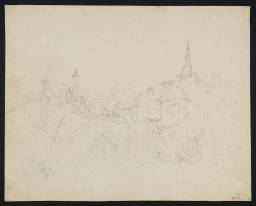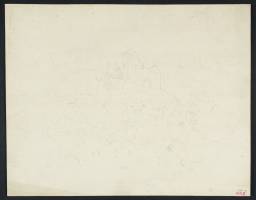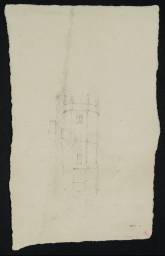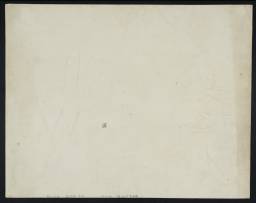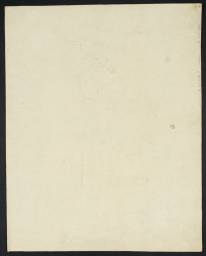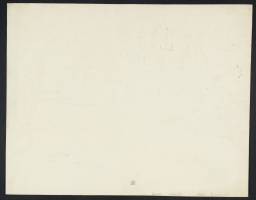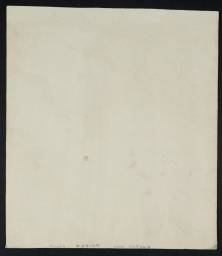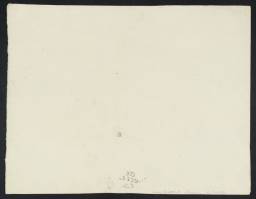Turner Bequest VIII B, C, XI A–D, XIII C, XV F, XVII C–E, G, H, O
Turner had already made views in or around Oxford (see earlier sections of the present catalogue), and over the course of his career he was to make numerous views of the town in oil and watercolour, including a set of subjects for the Oxford Almanack around 1800. A slight study with a few washes of colour, dating from about 1791, showing the Oxford towers and spires seen under a sunset sky from Headington Hill, is in a private collection.1 The view of Corpus Christi College and Merton tower (Tate D00116; Turner Bequest VIII B) is in an earlier manner than the principal run of Oxford subjects: Tate D00129 (Turner Bequest XI D), D00148 (XIII C), D00127 (XI B), D00128 (XI C); it must have been executed about the same time as the Windsor views (Tate D00118–D00120; Turner Bequest VII D, E, F). The remaining Oxford subjects were drawn on the return journey from Wales in July 1792.2 They are technically similar to other drawings from that tour and demonstrate the steadily growing confidence and fluency of Turner’s pencil work over the course of the year. A further pencil drawing of Oxford from this series is the view of the Radcliffe Camera from Brasenose College presented to the Tate Gallery by Herbert Powell through the National Art Collections Fund in 1967 (T01020).3
Turner had family reasons for visiting Margate, and may have made stops on his way there at Rochester, Charing and Canterbury. There is evidence that he had connections in Rochester at an early date: a lost painting of Rochester Castle with Fishermen drawing Boats ashore in a Gale4 appears to have been executed on commission for the Rev. J. Douglas, Chaplain to the Prince of Wales, a resident of Rochester. Butlin and Joll date the picture to about 1794, educing the date from that of Turner’s visit to Rochester which took place in 1793. He could have returned to London via Petworth and Guildford, but the drawings made in these places may belong to a separate journey. They seem to testify to Turner’s anxiety to cover as much topographical and antiquarian ground as possible. He was later to have close and prolonged dealings with the 3rd Earl of Egremont at Petworth (see Tate D00379; Turner Bequest XXIII E), and it is possible that he already had a patron there, since a finished watercolour of the church is known.5 The subject is also recorded in the form of an amateur copy (Tate D00694; Turner Bequest XXVIII I).6
See Colin Harrison, Turner’s Oxford, exhibition catalogue, Ashmolean Museum, Oxford 2000, p.99 no.5.
See Alexander J. Finberg, The Life of J.M.W. Turner, R.A. Second Edition, Revised, with a Supplement, by Hilda F. Finberg, revised ed., Oxford 1961, p.23.
Martin Butlin and Evelyn Joll, The Paintings of J.M.W. Turner, revised ed., New Haven and London 1984, p.20 no.21.
SeeChristopher Rowell, Ian Warrell and David Blayney Brown, Turner at Petworth, exhibition catalogue, Petworth House, Petworth 2002, p.195 no.89, fig.41 (colour).
How to cite
Andrew Wilton, ‘Pencil Drawings of Oxford and the Home Counties 1792–3’, subset, April 2012, in David Blayney Brown (ed.), J.M.W. Turner: Sketchbooks, Drawings and Watercolours, Tate Research Publication, December 2012, https://www

